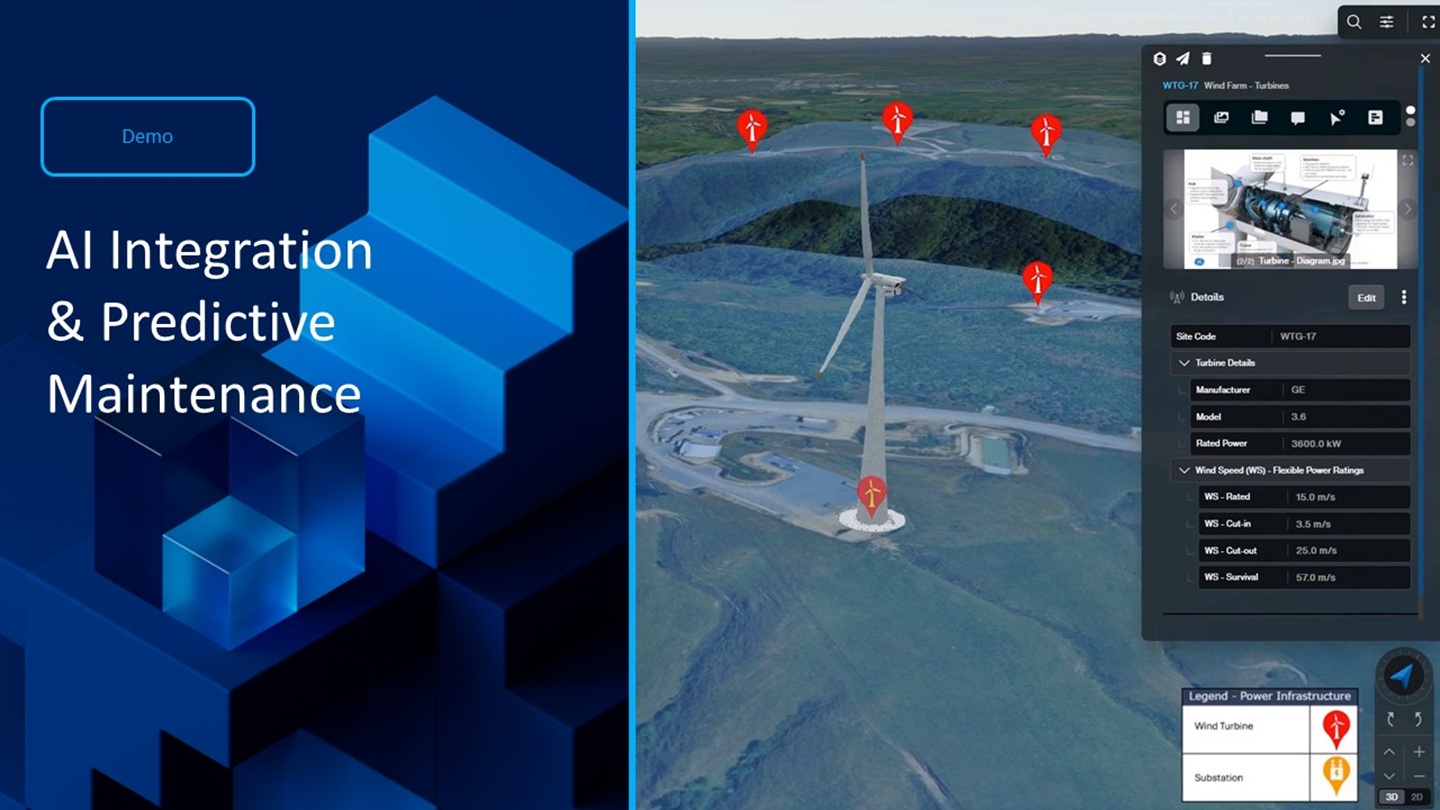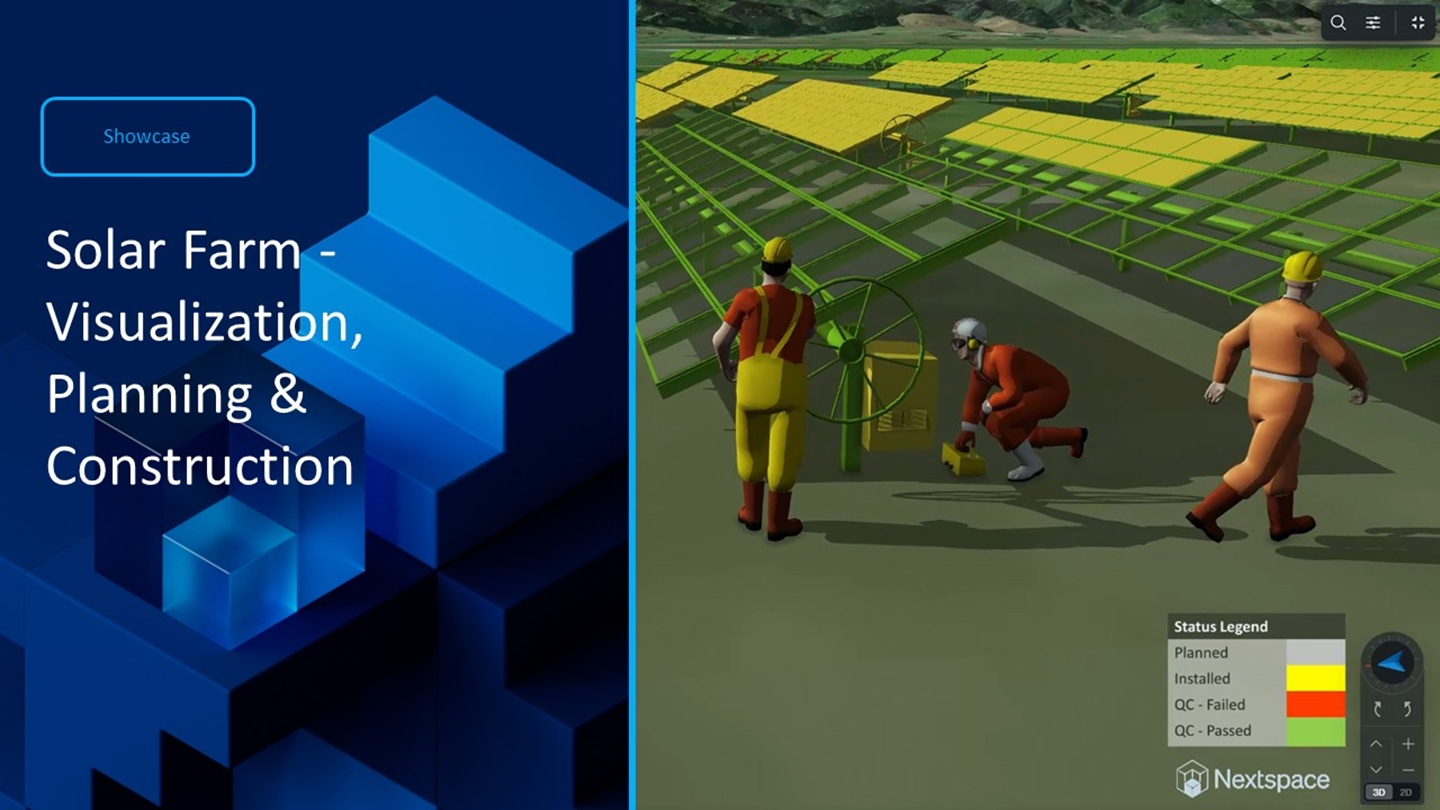Plant & Process - Coloring Data
Using various techniques, a user can produce a personalized view of the data that they need.
Through the use of styling, we can color code objects such as pipes with various color schemes. The coloring of the pipes might be based on fixed attribute data: for example color all hot pipes red. It might be based on live attribute data such as—color all pipes green that have bitumen flowing through them right now. All the coloring might simply be based on company designation.
It's also possible to make objects transparent. They remain in view, but become transparent so as not to clutter the view of the user. This again allows a user to get to the specific data that they need without the need to turn everything else off in the background.
Here are some more examples of the styling of entities such as pipes. The coloring of assets can be based on live attributes such as whether the entity is operational (yes) and active right now (yes). It may be programmed to change from say green to red if the fluid running through the pipe exceeds a certain value. Here we are displaying the styling of pipes based on live and or fixed attributes but we can also remove any background assets so that we can focus solely on the data that we need access to. Today we can make the background opaque. This allows us to concentrate on the assets we're interested in. Colored and in the foreground, yet in the background made opaque and not cluttering our main view—yet we can still see all of the data in context through the use of various visualization tools.
Coloring, styling, transparency, entity relationships and bookmarks—a user can personalize their experience and make it simple and quick to get to exactly the data that they need access to.







